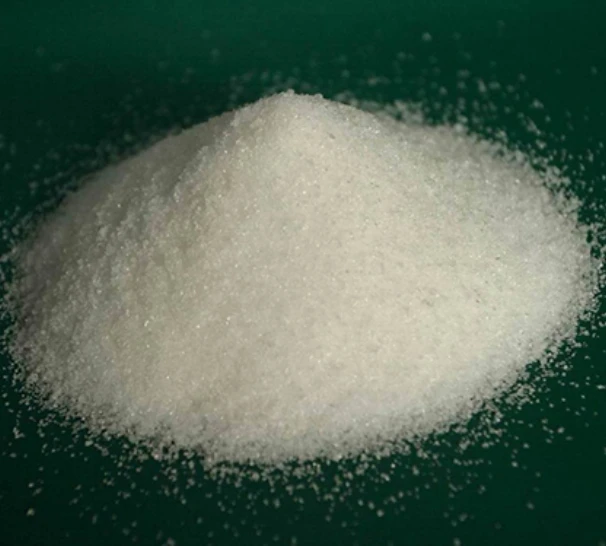1 hydroxyethylidene 1 1 diphosphonic acid hedp
Understanding Hydroxyethylidene 1,1-Diphosphonic Acid (HEDP) Applications and Significance
Hydroxyethylidene 1,1-diphosphonic acid, commonly abbreviated as HEDP, is a widely utilized organic compound with significant implications in various industries, especially in water treatment and corrosion inhibition. With its unique chemical structure, HEDP has emerged as a vital component in addressing challenges related to water quality, scale formation, and the protection of industrial equipment.
Chemical Structure and Properties
HEDP is a diphosphonic acid that possesses two phosphonic acid groups and a hydroxyethyl moiety. Its molecular formula is C2H8O7P2, and its structural characteristic includes the presence of phosphonate groups, which allow it to effectively coordinate with metal ions. This chelating property makes HEDP particularly effective in sequestering calcium and magnesium ions, which are often responsible for scaling in water systems. Furthermore, its stability in both acidic and alkaline conditions enhances its applicability across a wide range of environments.
Industrial Applications
One of the primary applications of HEDP is in water treatment systems, where it plays a crucial role in preventing scale formation and corrosion in cooling towers, boilers, and heat exchangers. The deposition of scale due to calcium phosphate, calcium carbonate, and other mineral deposits can significantly reduce the efficiency of these systems and increase maintenance costs. HEDP functions as a scale inhibitor by binding to calcium ions, thus preventing them from forming solid precipitates. Its effective dosage can reduce the need for aggressive chemical treatments, contributing to more sustainable industrial practices.
In addition, HEDP is used in the formulation of detergents and cleaning products. Its ability to complex with metal ions not only prevents interference in cleansing action but also enhances the solubility of organic soils, making it an essential ingredient in various household and industrial cleaners. The surfactant properties combined with its chelating ability allow for superior cleaning performance in both hard and soft water conditions.
1 hydroxyethylidene 1 1 diphosphonic acid hedp

Role in Oil and Gas Industry
The oil and gas industry also benefits from the unique properties of HEDP. In oilfield operations, it is employed as an additive in drilling fluids and completion fluids to prevent scale formation within pipelines and production equipment. By mitigating the risks associated with scaling, HEDP ensures the efficient transport of oil and gas, reducing downtime and maintenance issues. Furthermore, its corrosion inhibition properties extend the lifespan of vital equipment, which is crucial in maintaining operational efficiency and safety.
Environmental Considerations
As industries increasingly focus on environmentally friendly practices, the use of HEDP presents several advantages. Unlike other phosphorous-containing compounds that may contribute to eutrophication in water bodies, HEDP is considered to have a lower ecological impact when used within recommended concentrations. Moreover, its biodegradability under certain environmental conditions makes it a preferable choice in water treatment and cleaning applications compared to more persistent alternatives.
Future Outlook
The demand for effective water treatment solutions continues to rise, driven by increased industrial activities and growing concerns over water scarcity and quality. As a result, the market for HEDP is expected to expand, with ongoing research focused on optimizing its formulations and applications. Innovations in HEDP derivatives and combinations with other agents may lead to enhanced performance in a variety of challenging conditions.
In conclusion, hydroxyethylidene 1,1-diphosphonic acid is a versatile and essential compound across multiple industries. Its unique chemical properties enable it to serve critical functions in water treatment, cleaning products, and oil and gas operations. As the global economy moves toward more sustainable practices, HEDP is likely to play an increasingly prominent role in enhancing efficiency while minimizing environmental impact. Continued research and development will undoubtedly refine its applications further, solidifying its position as a key player in the realm of industrial chemistry.
-
Understanding Polycarboxylic Acids: Properties, Applications, and Future PotentialNewsJul.28,2025
-
Scale Inhibitor Explained: How to Protect Your System from Limescale and Hard Water DamageNewsJul.28,2025
-
Scale and Corrosion Inhibitors: Essential Chemicals for Industrial Water System ProtectionNewsJul.28,2025
-
Polyaspartic Acid: A Biodegradable Polymer for Sustainable ChemistryNewsJul.28,2025
-
Isothiazolinones: A Versatile Antimicrobial Class with Industrial Power and Regulatory ChallengesNewsJul.28,2025
-
A Deep Dive into 2-Phosphonobutane-1,2,4-Tricarboxylic Acid (PBTC)NewsJul.28,2025





